Why do we do high energy physics research? Why do we build particle accelerators? Why do we make two beams collide with each other? What are the difficulties for particle colliders? How does the Beijing Electron Positron Collider work? What are the other functions of these colliders? These are some of the questions that Prof. ZHANG Chuang from the Institute of High Energy Physics (IHEP) explained to visitors during his talk at the IHEP Open Day.
The Open Day was held at IHEP’s Yuquan campus on May 15. More than 1300 visitors from middle schools and research institutions and universities across Beijing explored the subatomic universe and experienced the charm of science.
Apart from the collider lecture, two lectures on gravitational waves and the IHEP-led project on the cosmic microwave background, based in Tibet, were also well-received by the public.
Visitors had a chance to explore the accelerator tunnel at BEPC, as well as other facilities including the CAS Key Laboratory for Nuclear Analytical Techniques, the IHEP Key Laboratory for Particle Astrophysics, the IHEP Computing Center and the IHEP Auditorium.
A group of young scientists organized two interesting scientific experiments for visiting students. In one of the experiments, they built a cloud chamber for students to learn about cosmic rays and their relation to our daily life. Another 160 participants got to know that a laser pen and a ruler can measure the diameter of a human hair.
In addition, a launch ceremony was held for a special set of commemorative stamps honouring Prof. XIE Jialin and his achievements in China’s physics research.
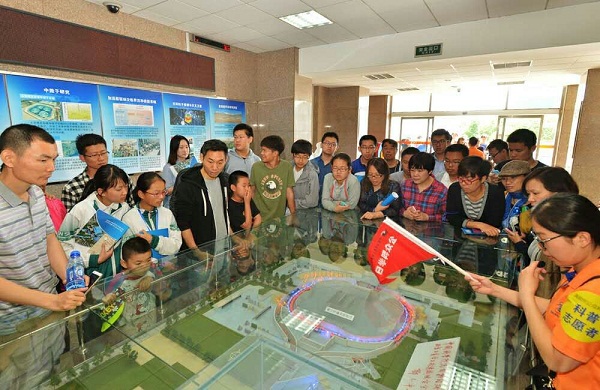
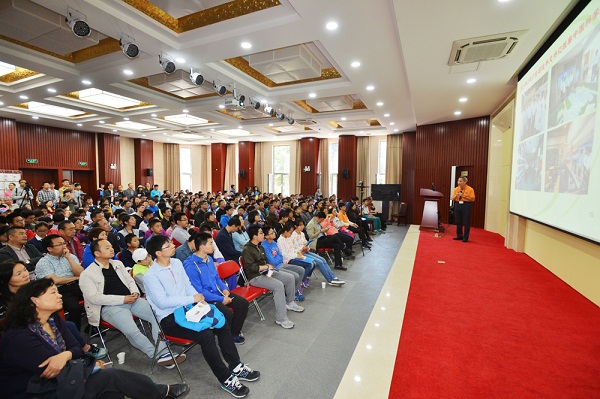
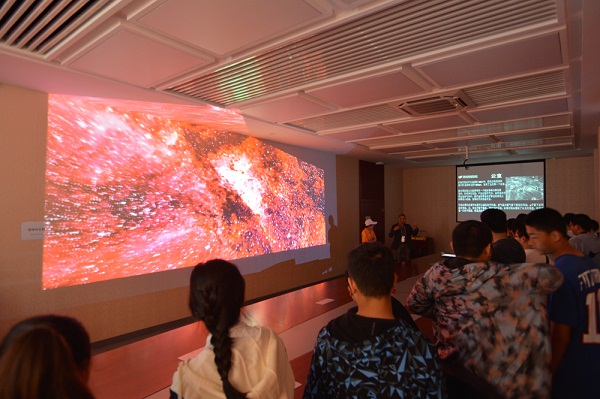
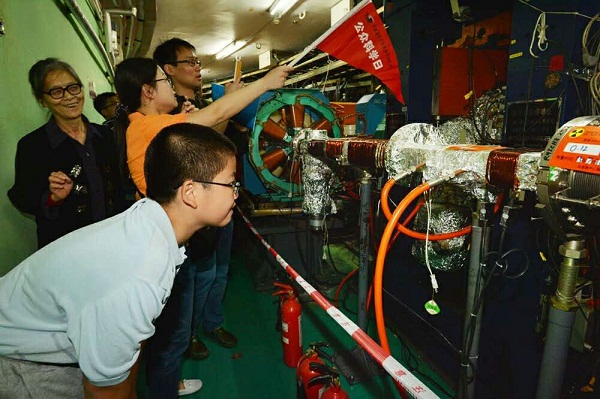
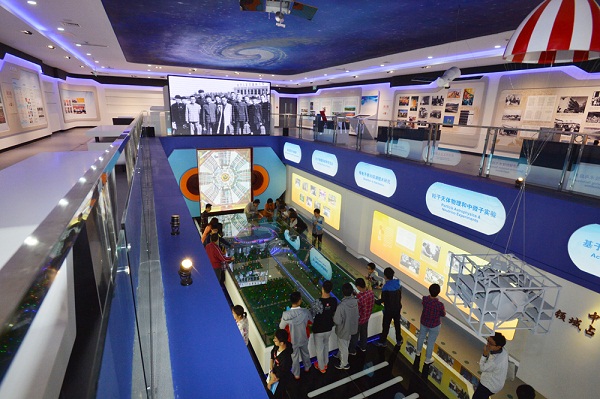
Images on IHEP Open Day (Images by IHEP)